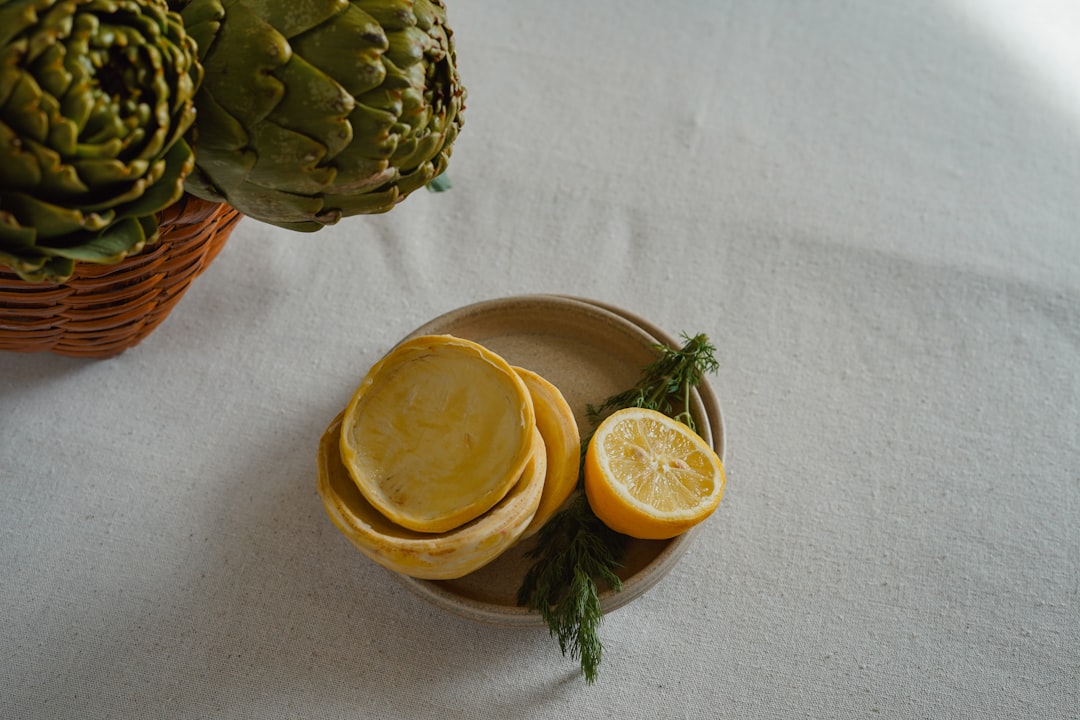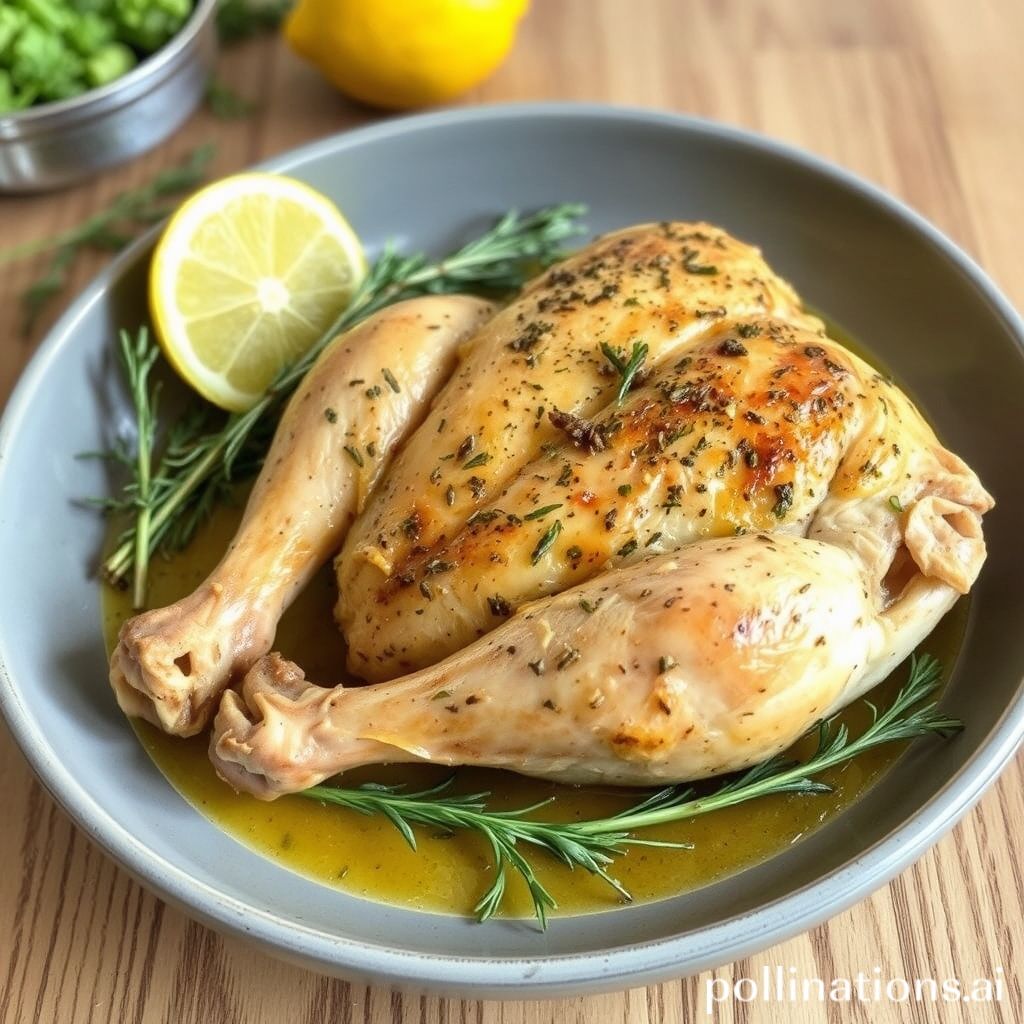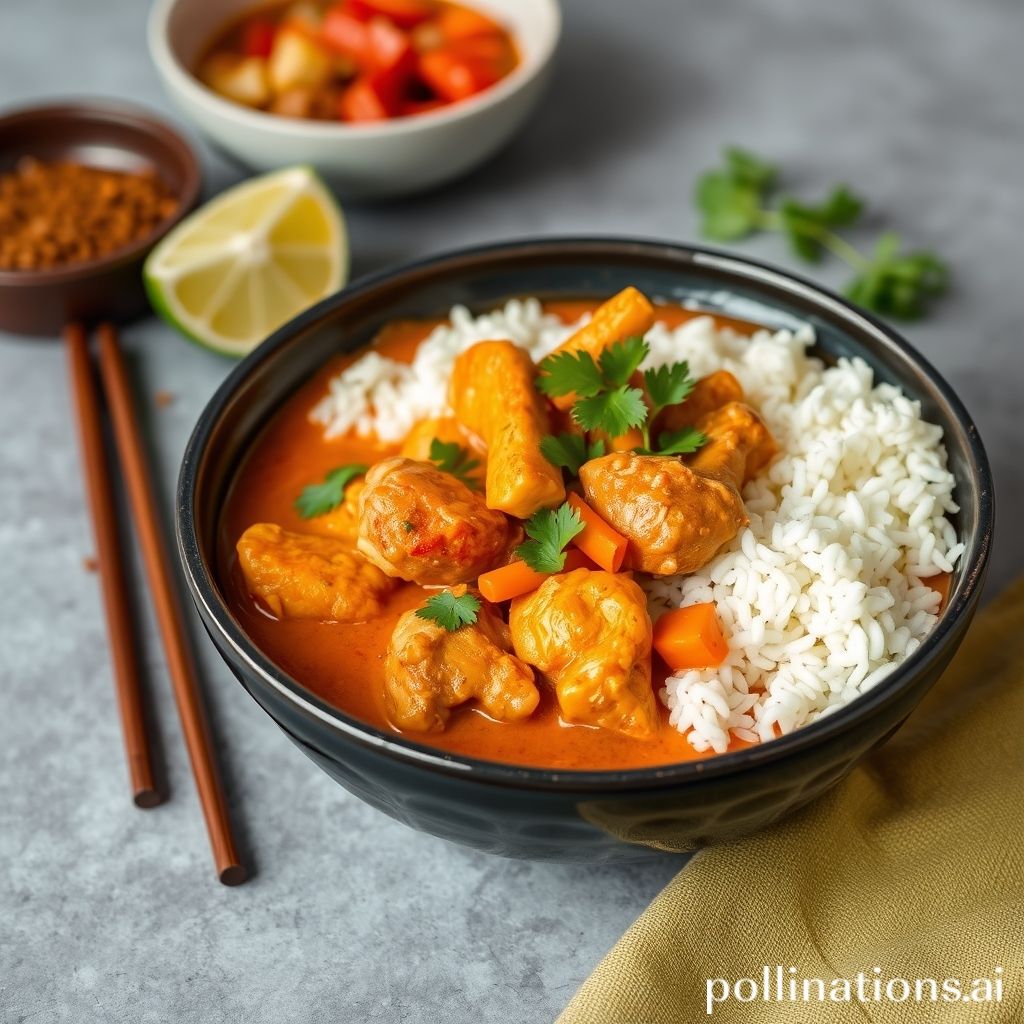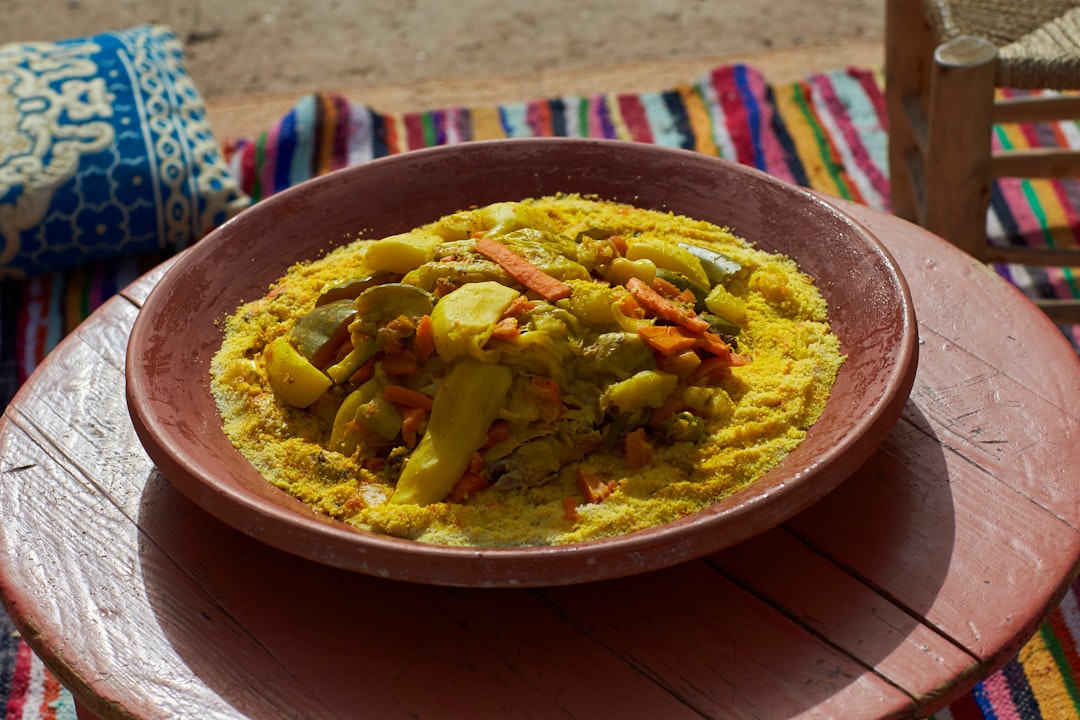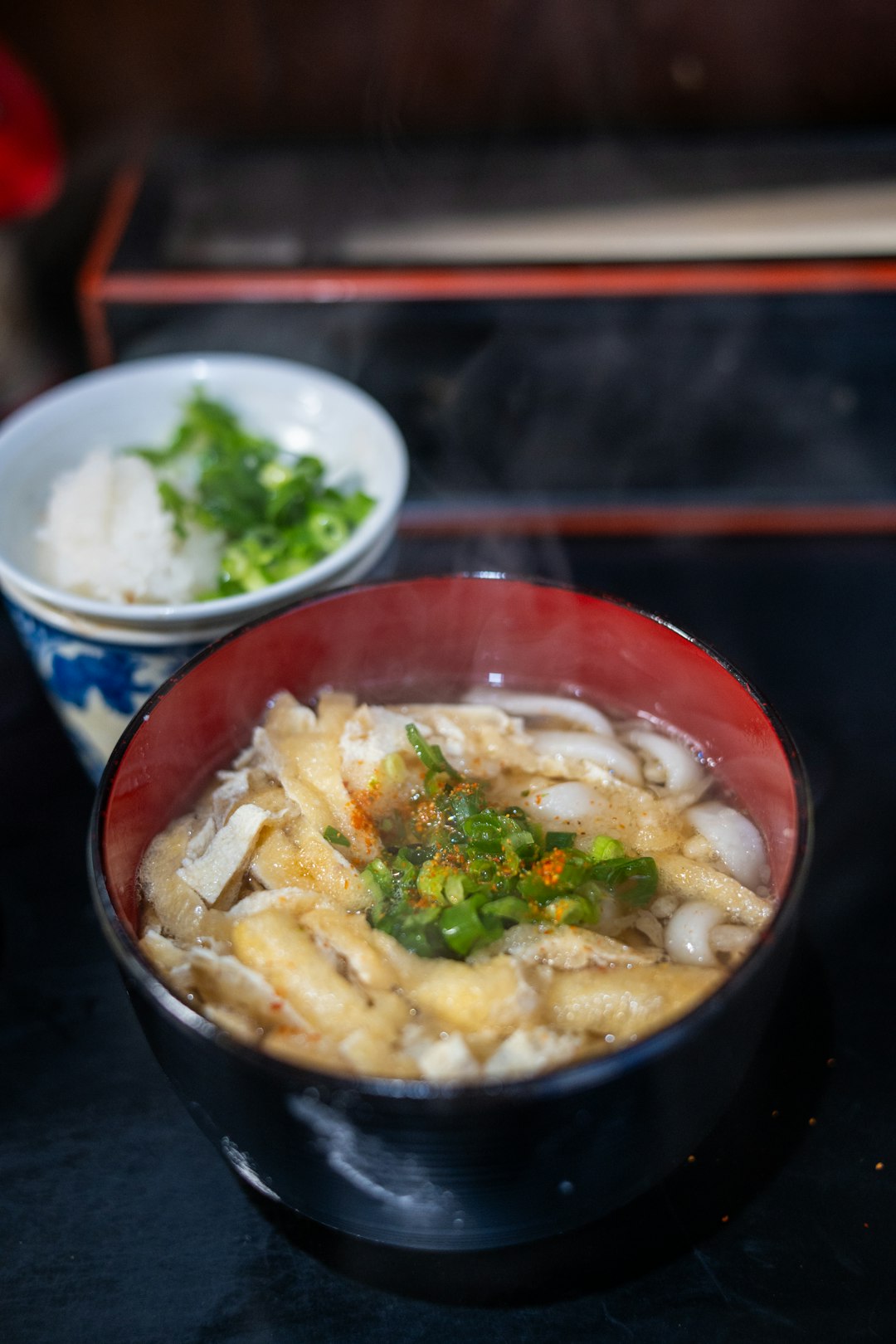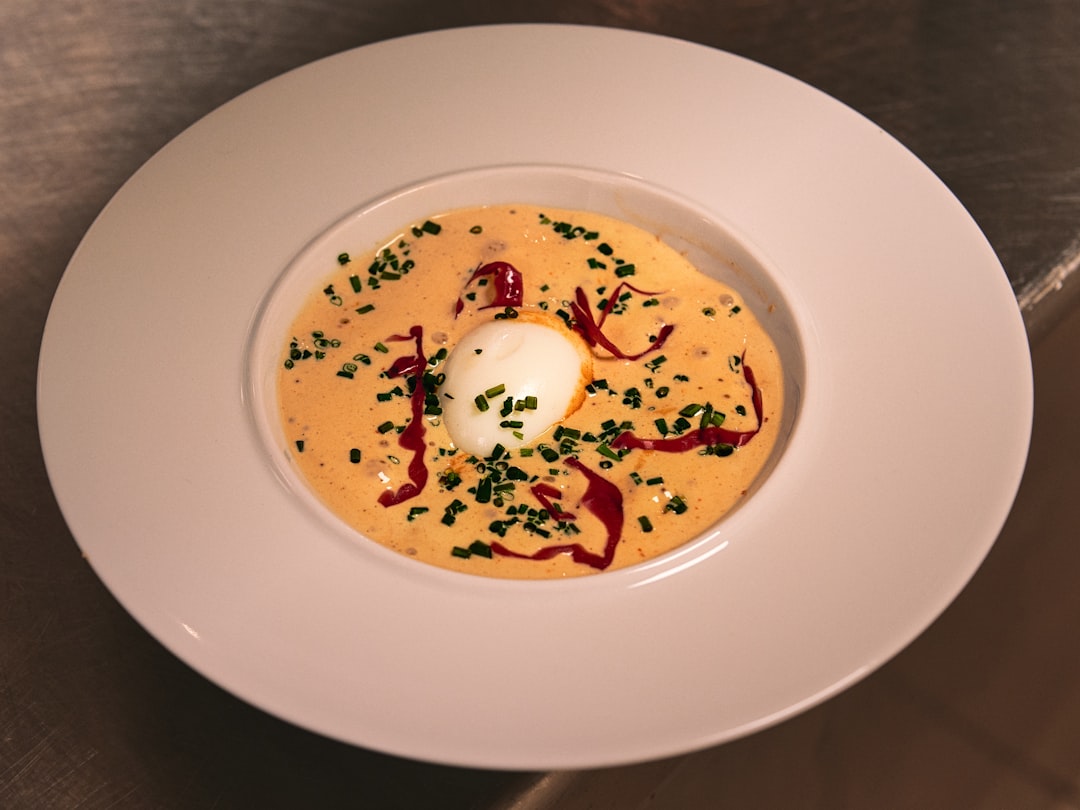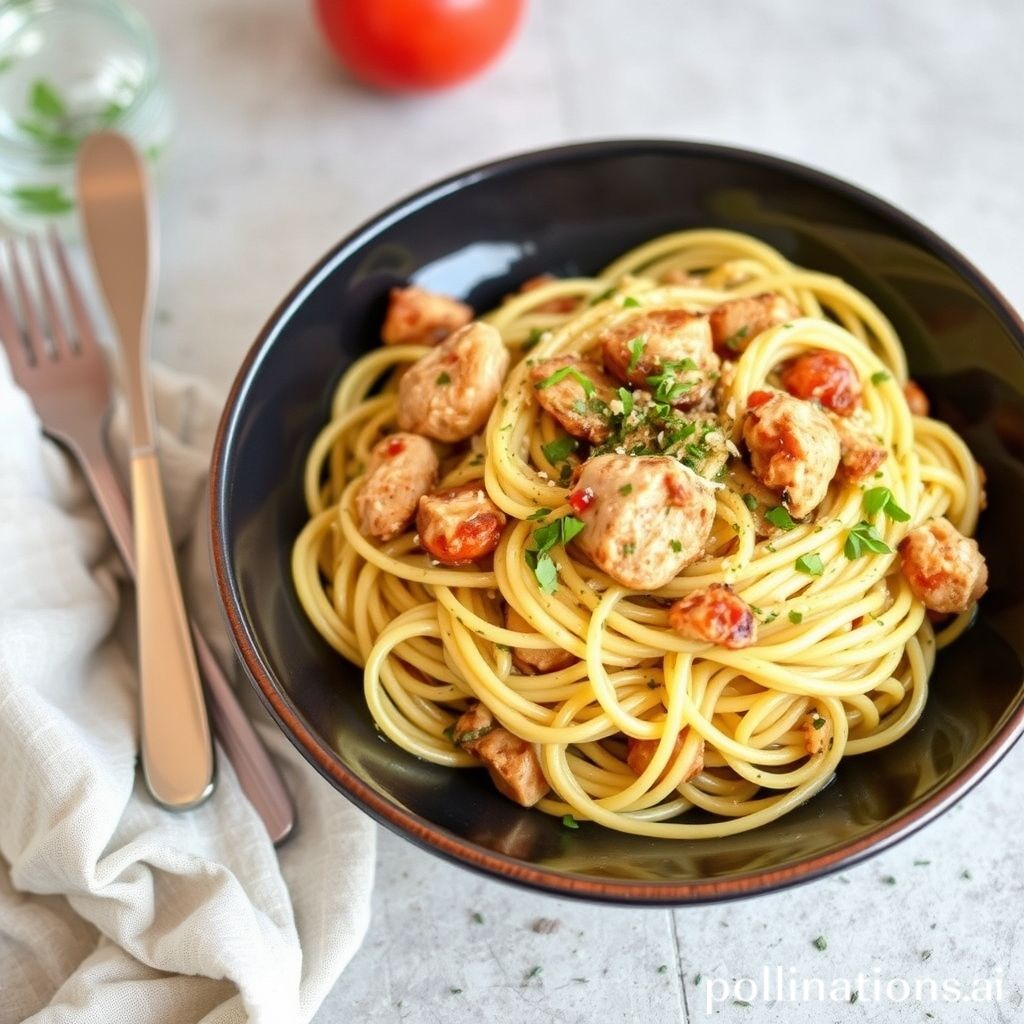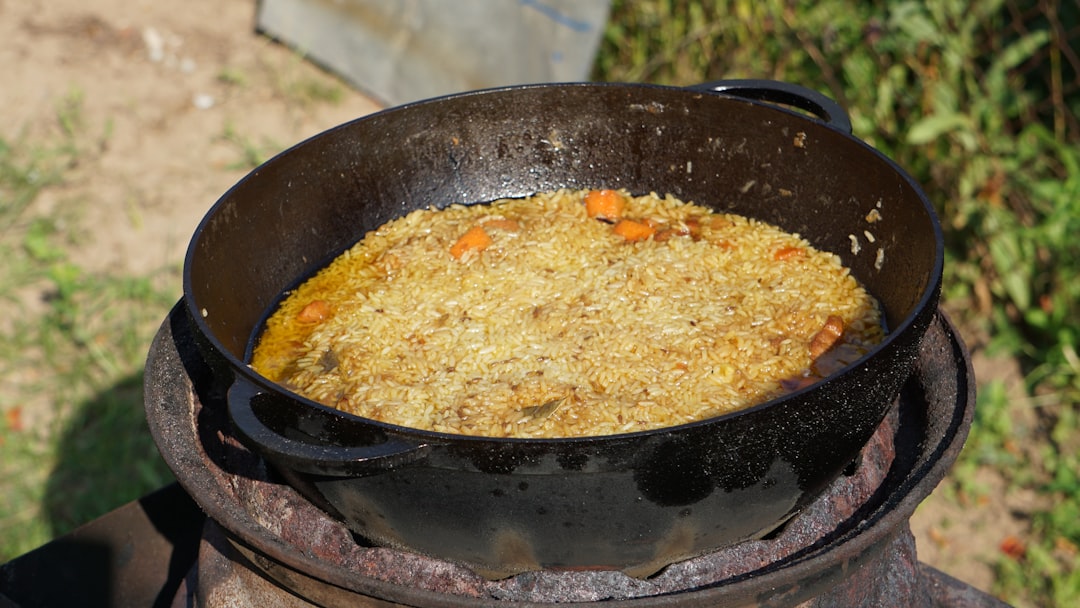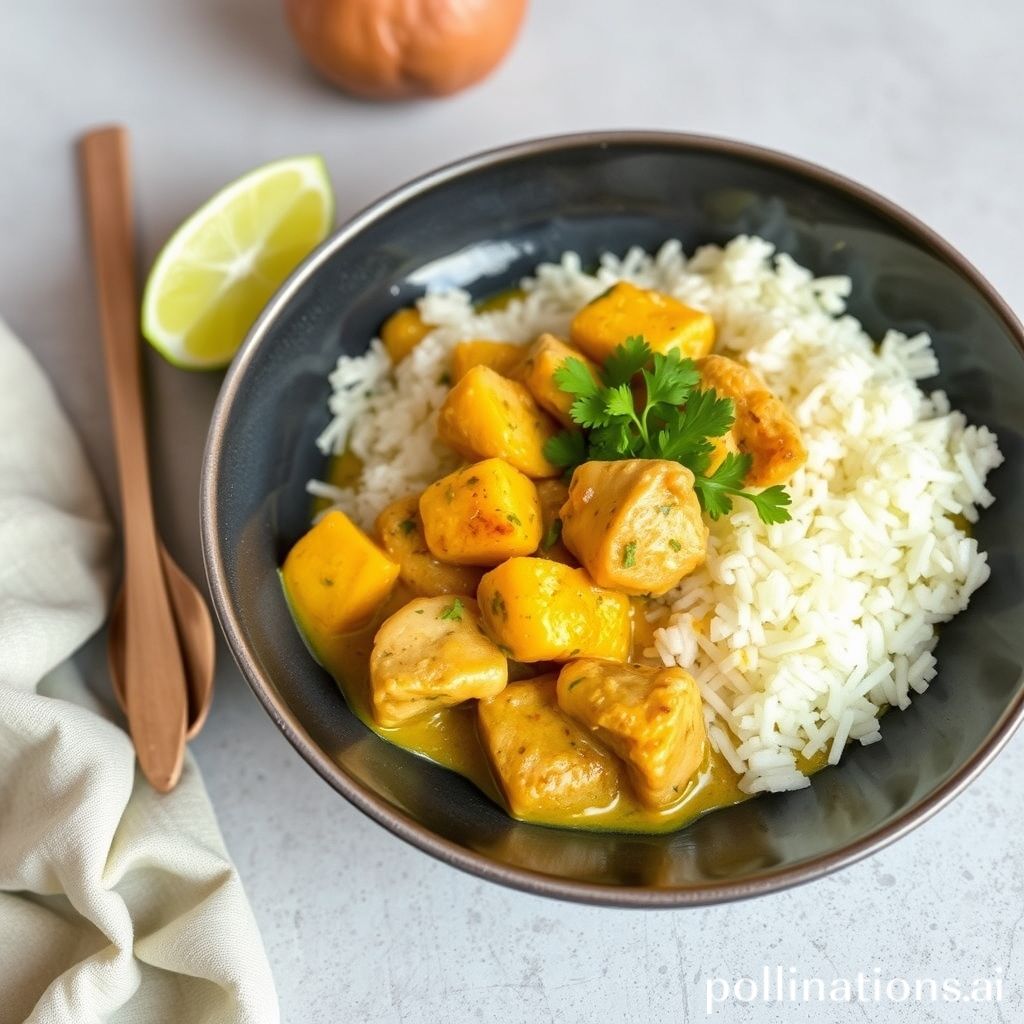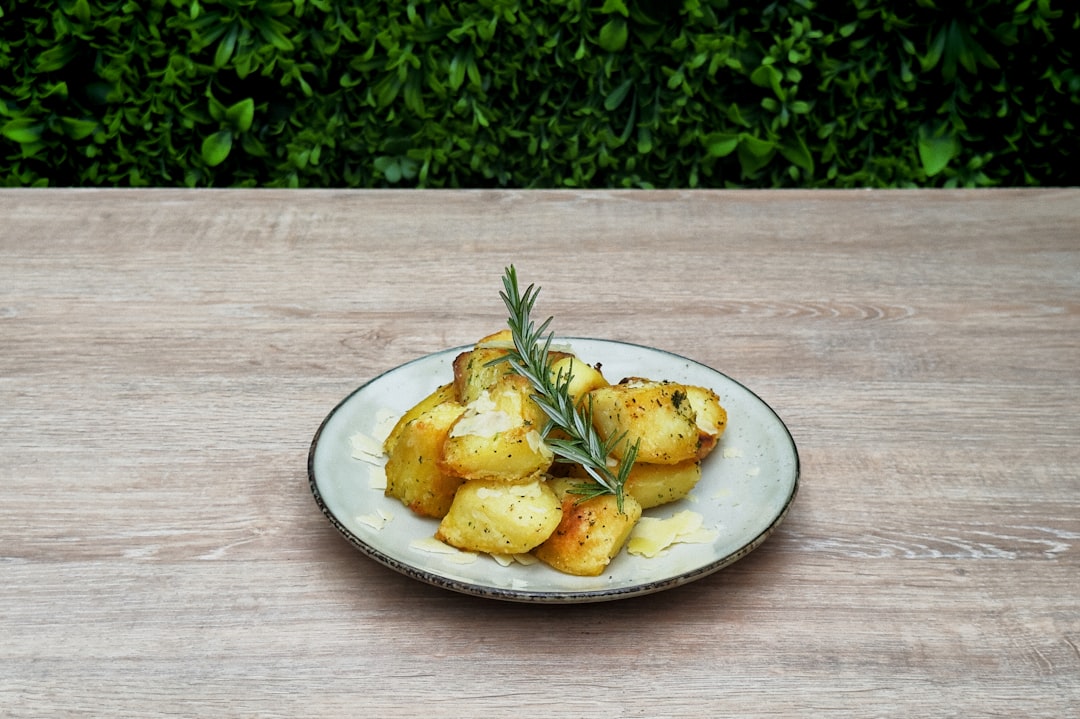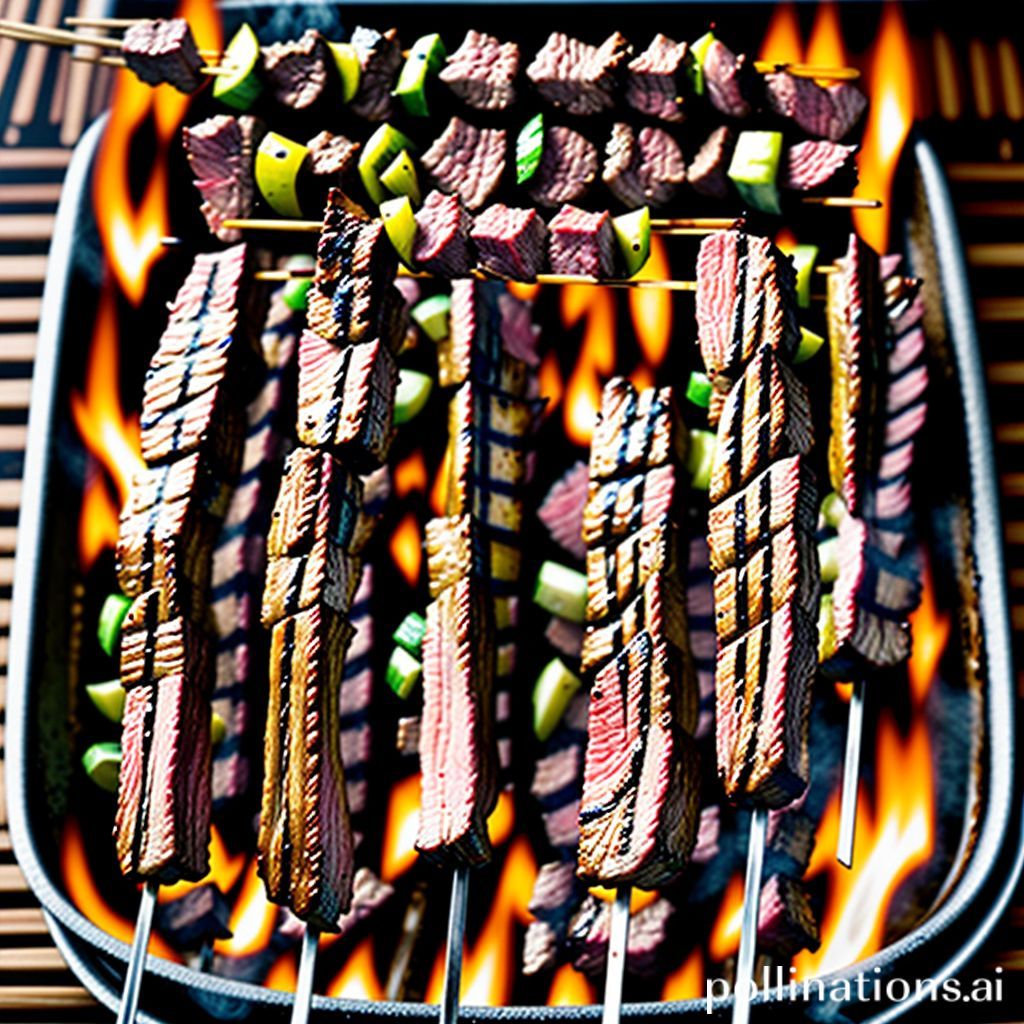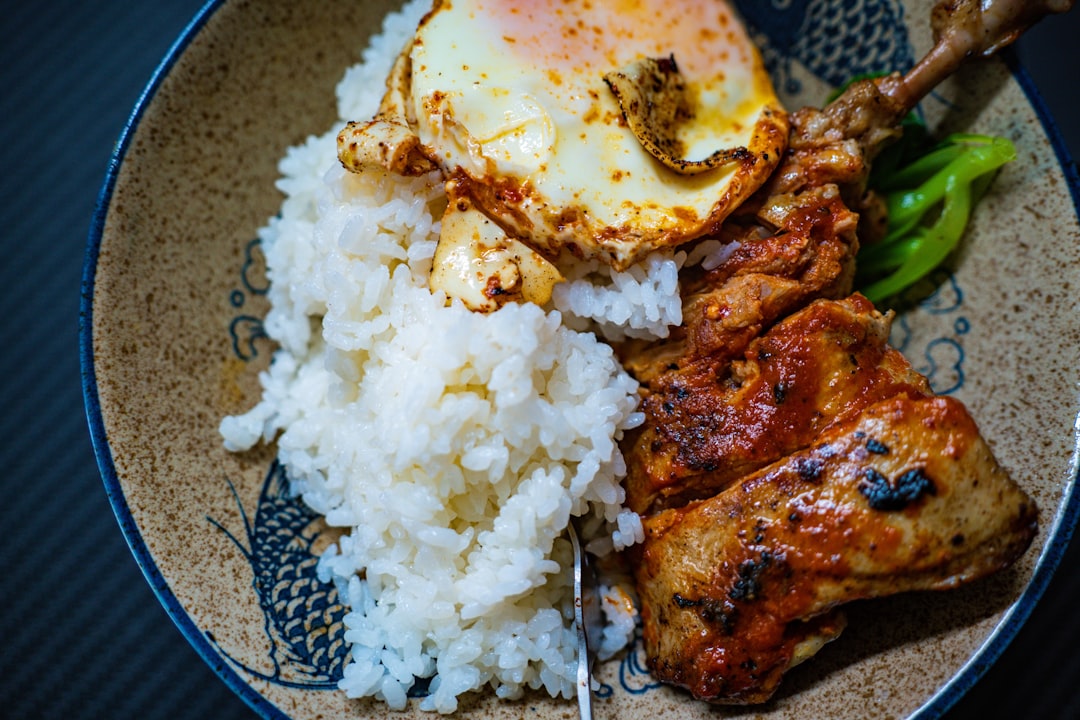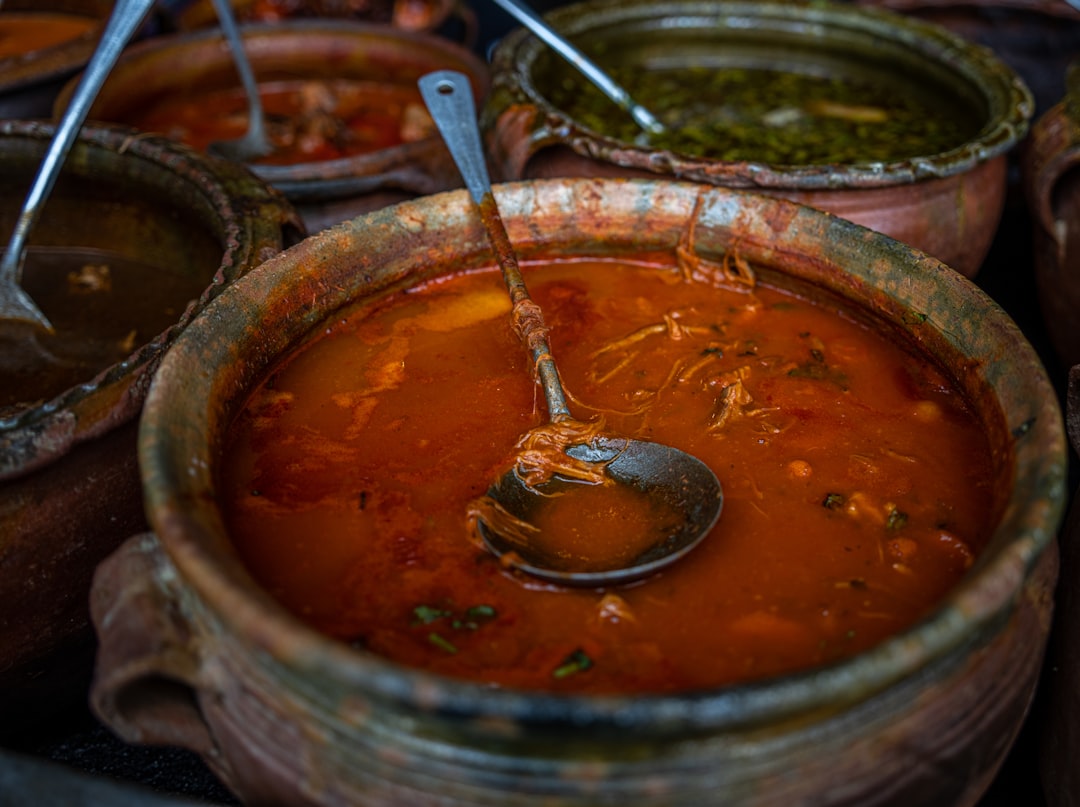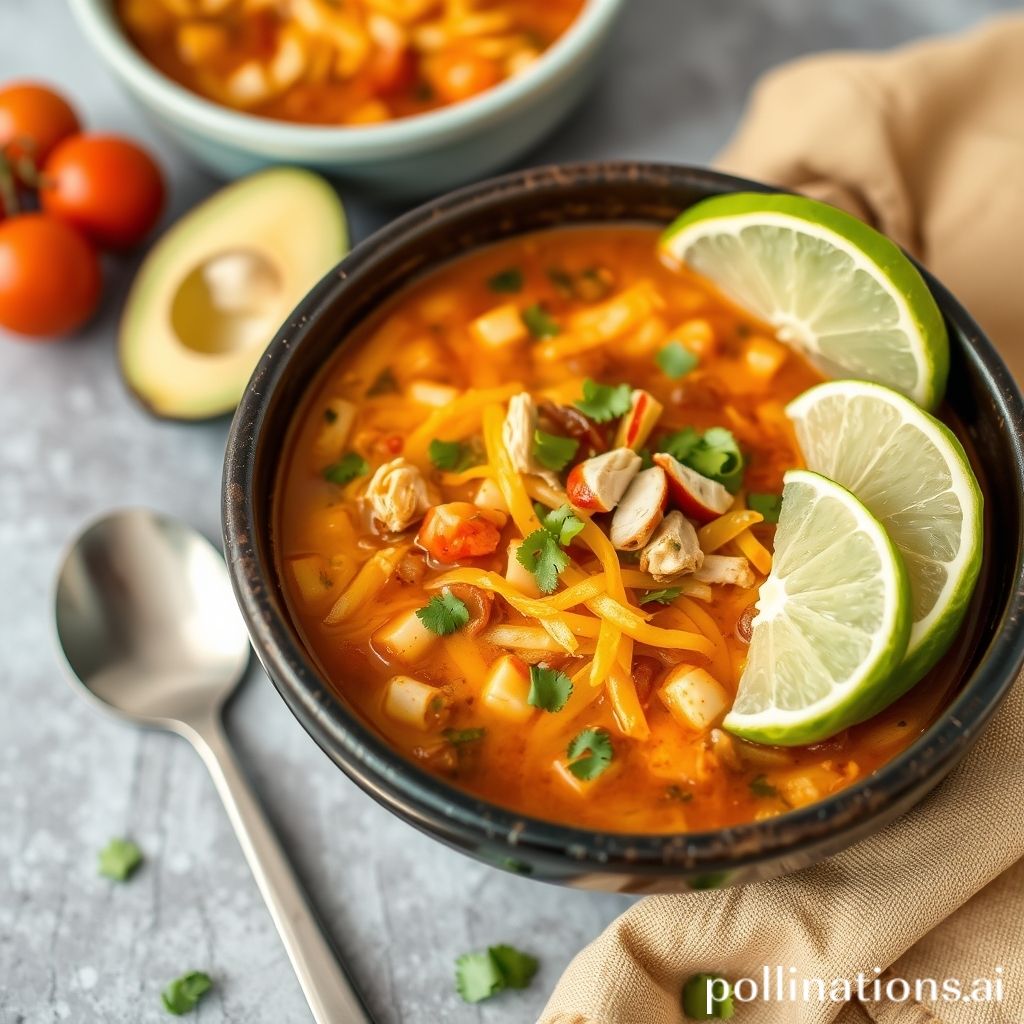Table of Contents
- Introduction
- Essential Ingredients for Lemon Herb Roasted Chicken
- Step-by-Step Preparation Guide
- Tips for Achieving Perfect Roasting
- Pairing Suggestions and Serving Ideas
- Variations and Customizations for Different Tastes
- Conclusion
- Frequently Asked Questions
Introduction
Unlock the Secret to Perfect Lemon Herb Roasted Chicken Every Time
Picture this: a golden-brown roasted chicken, infused with the aromatic splendor of fresh herbs and zesty lemon, being served on your dining table. Its tantalizing aroma fills the kitchen, promising a divine dining experience. Welcome to the secret of perfect Lemon Herb Roasted Chicken, where culinary mastery transforms a simple dish into a gourmet delight.
Ready to elevate your chicken roasting game? Let’s dive into the magical blend of ingredients that ensures succulent, flavor-packed results every single time. You’ll need: 1 whole chicken (approximately 4-5 pounds), 1 lemon (zest and juice), 3 tablespoons of olive oil, 4 cloves of garlic (minced), and a bouquet of fresh herbs like rosemary, thyme, and parsley to enhance the flavor profile. A dash of salt and pepper to taste seals the deal. As you gather these simple yet powerful ingredients, you are setting the stage for an extraordinary culinary journey. Stay with us to explore the step-by-step process of transforming these ingredients into the ultimate roasted chicken masterpiece.
Essential Ingredients for Lemon Herb Roasted Chicken
Creating the perfect Lemon Herb Roasted Chicken starts with selecting the best and freshest ingredients. The star of the dish is, of course, the chicken. Opt for a whole chicken, preferably organic, for the best flavor and moisture. The next critical ingredient is lemon. Fresh lemons are essential, providing zesty flavor and acidity that tenderizes the meat. You’ll need the juice and zest to infuse the chicken with citrus notes.
Herbs play a significant role, with rosemary, thyme, and parsley being popular choices. These herbs add depth and aroma to the dish. Fresh herbs are recommended, but dried ones can be used in a pinch. Garlic is another indispensable ingredient that infuses warmth and a subtle spicy tang.
Olive oil acts as the base for your marinade, helping to distribute the flavors evenly while ensuring the chicken remains moist and develops a beautiful, crispy skin. Seasoning with salt and pepper brings all the flavors together, enhancing each element’s taste. For an extra kick, consider adding a pinch of red pepper flakes. With these essential ingredients, your Lemon Herb Roasted Chicken is bound to be a hit at any meal.
Step-by-Step Preparation Guide
Preparing a mouth-watering Lemon Herb Roasted Chicken is simpler than you might think. Start by preheating your oven to 400°F (200°C). While the oven is warming up, take a whole chicken and pat it dry with paper towels. This ensures the skin turns crispy during roasting.
Next, prepare the lemon herb mixture by combining finely chopped fresh herbs like rosemary, thyme, and parsley with minced garlic, lemon zest, and olive oil. Generously season the mix with salt and pepper.
Gently loosen the skin of the chicken, taking care not to tear it. Rub some of the herb mixture under the skin, as well as all over the chicken’s exterior. For added flavor, place lemon slices and leftover herbs inside the cavity of the chicken.
Place the prepared chicken on a roasting pan, breast side up. Roast in the preheated oven for about 70 to 90 minutes. It’s essential to use a meat thermometer to check that the internal temperature of the thickest part of the chicken reaches 165°F (75°C).
Once cooked, remove the chicken from the oven and let it rest for 10 minutes before carving. This step allows the juices to redistribute, ensuring every bite is juicy and flavorful.
Tips for Achieving Perfect Roasting
Roasting a chicken to perfection is an art that combines patience, precision, and the right techniques. Here are some essential tips to ensure your lemon herb roasted chicken turns out deliciously every time.
First, ensure that the chicken is at room temperature before roasting. A cold bird directly from the fridge will cook unevenly, resulting in dry and overcooked portions.
Next, pat the chicken dry to achieve a crispy skin. Moisture is the enemy of crispiness, so make sure your chicken is thoroughly dried with paper towels before seasoning.
Preheat your oven to the appropriate temperature; a hot oven ensures even cooking and a nice browned exterior. Position the chicken on a rack in a roasting pan to allow even heat circulation. Use a meat thermometer to check the internal temperature, aiming for 165°F (74°C) at the thickest part of the breast without touching bone, indicating the chicken is cooked through.
Finally, rest the chicken after it comes out of the oven. Cover it loosely with aluminum foil and let it rest for about 10-15 minutes. This allows the juices to redistribute, keeping the meat succulent when you carve and serve.
Pairing Suggestions and Serving Ideas
Lemon Herb Roasted Chicken is a versatile dish that pairs wonderfully with a variety of sides and beverages. To enhance the savory flavors of the chicken, consider serving it alongside roasted vegetables such as carrots, potatoes, and asparagus. These vegetables not only complement the dish but also soak up the delicious lemon herb juices, adding an extra layer of flavor.
If you’re in the mood for something lighter, a fresh garden salad with a zesty vinaigrette can be a perfect accompaniment. The crispness of the greens and the tanginess of the dressing provide a refreshing contrast to the richly flavored chicken.
For a more indulgent option, creamy mashed potatoes or a buttery risotto can offer a comforting side, balancing the citrusy notes of the dish.
As for beverages, a crisp white wine such as Sauvignon Blanc or Chardonnay can enhance the lemony notes of the chicken. Alternatively, a sparkling water with a splash of citrus can offer a refreshing non-alcoholic option.
When serving, arrange the chicken on a platter, garnished with fresh herbs and lemon slices for an eye-catching presentation. These pairing suggestions ensure a delightful dining experience that your guests will savor.
Variations and Customizations for Different Tastes
When it comes to preparing Lemon Herb Roasted Chicken, there are numerous variations and customizations available to suit different tastes. For those looking to spice things up, consider adding a pinch of cayenne pepper or smoked paprika to the herb mixture. This will provide an extra kick of heat and depth to the flavor profile.
Alternatively, for a Mediterranean twist, incorporating olives, sun-dried tomatoes, or even capers can add an element of saltiness and acidity that complements the lemon and herbs beautifully. Moreover, substituting some of the herbs with oregano or dill can bring a fresh dimension to the dish.
If you prefer a more savory version, enhance the umami by adding a touch of soy sauce or Worcestershire sauce to the marinade. This simple adjustment can make the chicken more robust in flavor.
For those who enjoy a sweet note, a drizzle of honey or maple syrup towards the end of roasting can create a delightful caramelized finish. Finally, considering dietary preferences, this dish can easily be adapted for a low-sodium or gluten-free diet by selecting appropriate seasoning and gluten-free ingredients.
Conclusion
In conclusion, mastering the art of Lemon Herb Roasted Chicken transforms a simple meal into a culinary masterpiece that never fails to impress. With the right selection of fresh ingredients, careful preparation, and thoughtful pairings, you can create a dish that is not only flavorful and succulent but also versatile enough to cater to diverse tastes and occasions. Whether you’re hosting a dinner party, planning a family meal, or even experimenting with new variations, this recipe offers endless possibilities to tweak and perfect your dish. Complement your newfound skills with a comprehensive resource like The Chicken Bible: Say Goodbye to Boring Chicken with 500 Recipes for Easy Dinners, Braises, Wings, Stir-Fries, and So Much More. This book provides an extensive collection of chicken recipes, ensuring you never run out of delicious ideas for any occasion. Embrace the creativity and versatility of chicken dishes, elevate your cooking game, and delight every palate with your culinary creations.
